|
The Lane Xang EMU train passes by the China-Laos borderline inside a tunnel, October 15, 2021. /Xinhua Source: CGTN History The Lao People’s Democratic Republic (Lao PDR) is a small, inland nation; the only landlocked country in southeast Asia. Known as the “crossroads of Indochina,” its geographic position—situated in the middle of the peninsula, bordering Vietnam, Cambodia, Thailand, Myanmar, and China—historically saw the region benefit greatly from the growth of overland trade in ancient times. With the emergence of colonialism, however, Laos was placed in a similar position to that of most other global south nations at the time. Under the French colonial boot, infrastructure and development was limited to only the areas that would be profitable for the colonialists—extraction rather than construction; destruction rather than growth. Today, the Lao PDR stands on the cusp of a golden age of socialist development, not unlike the periods of growth and construction underway in neighboring China and Vietnam. How did the Lao people get here, what developments are underway, and what might the future hold? On 23 August 1975, the Lao People’s Liberation Army (LPLA)—also known as the Pathet Lao—entered the city of Vientiane, capital of the then-Kingdom of Laos. In the months that followed, the last King of Laos—Sisavang Vatthana—would formally abdicate, and the Kingdom would officially be replaced by the new People’s Democratic Republic (Lao PDR), with the Lao People’s Revolutionary Party (LPRP) leading the way. The founding of the Lao PDR marked the end of more than a century of struggle; first against the French colonialists, then the Japanese fascists, then the American imperialists. Their struggle-filled history presented the Lao people, and their newly born Democratic Republic, with a dual problem: First, Laos became, and remains to this day, the most heavily bombed country on the planet. During the war of resistance against imperialism, the US reportedly dropped some 2 million tons of bombs, or roughly 1 ton per person, on Laos despite never formally declaring war. The US has never fully taken responsibility for its crimes, and offers little more than hush-money to solace the victims of its brutality. Second, while not all infrastructure was destroyed, infrastructure and productive forces developed in Laos under the colonialists had been oriented exclusively towards extractive industries, rather than national construction. The same problem plagues most—if not all—post-colonial nations, which is also especially evident in Africa. It is due to the little surviving infrastructure that, until recently the most reliable and readily-available form of transportation, at least along the country’s western border, was by boating up and down the Mekong river. Map of Laos Mekong River, Luang Prabang, Laos. 2011 Source: Wikimedia The withdrawal of imperialist forces and establishment of the PDR however did not, in and of itself, solve all of the myriad obstacles standing in the way of further development. Beginning from around 1960 onwards, the Sino-Soviet split marked another great obstacle to the Lao people. Laos and Vietnam sided with the Soviet Union in the split, putting them at direct odds with neighboring China, which also resulted in exacerbating isolation. A mere four years following the establishing of the Lao PDR, tensions between neighboring Vietnam and China would hit a fever pitch. The people of Laos, having maintained the closest of fraternal and Comradely relations with the Vietnamese ever since their common founding in the Indochinese Communist Party (ICP) in 1930, supported their Vietnamese compatriots without question—even at the cost of further isolation and tenuous relations with China. Likewise, trade relations with the United States did not become normalized until December of 2004. Map of rail lines in SEA (outdated) Source: Johomaps Overview of the Pan-Asia Railway Network southeastern routes Source: Bangkok Post As highlighted by the above (now thankfully outdated) map of regional rail lines, the desperation, sacrifice, and courage of the Lao position in that period becomes apparent: although direct overtures began as early as 1976, relations with Thailand did not begin to fully normalize until the late-80’s, with armed interactions along the border being relatively frequent until around 1988. Relations with China, while never arising to the point of military conflict, would remain fraught until the late-80’s as well. In other words, during this period the only close partner Laos had was Vietnam. For their part, Vietnam reciprocated the Lao view of fraternal solidarity and comradery; however, reciprocation does not assuage material difficulties. Partly as a result of their historic status as colonial nations, and partly as a result of the US dropping millions of tons of bombs along the border, there is not a single rail connection between Laos and Vietnam. There is not, for that matter, a single rail connection between Laos and any other country, period. Or at least there wasn’t until 2015. President Xi Jinping meets with then-Prime Minister, now-President Thongloun Sisoulith at the National Convention Center in Vientiane. 14 November 2017. Note: Sisoulith is now President of Laos. Source: LMC China BRI Flagship Project On 2 December, 2015, construction officially began on the Vientiane-Boten Railway, a flagship high-speed rail project of the new Chinese-led Belt and Road Initiative (BRI). As reported by the Vientiane Times, the first train from the Laos side departed from Vientiane by order of President Sisoulith, with Prime Minister Phankham Viphavanh leading the delegation aboard; simultaneously, President Xi gave the signal for the first train to depart Kunming as well. Not only would Laos finally have a rail network linking some of its most important cities—such as Vientiane and Luang Prabang—but it would also link directly with the Chinese side, and allow seamless travel all the way to Kunming, capital of southern China’s Yunnan province. Six years and one day later, on 3 December, 2021, President Xi Jinping and President Thongloun Sisoulith met via video conference, to officially mark the opening of the historic project. During the meeting, both sides stressed the necessity for mutual cooperation, development, and friendship—that united in the spirit of serving the people, there is nothing that cannot be overcome. As highlighted by People’s Daily, the ultimate goal of the Vientiane-Boten line is to further link with Thai networks, and thereby establish a direct rail network expanding from Beijing to Singapore. Such an achievement, coupled with ongoing developments in Vietnam and Cambodia, would permanently change the socioeconomic fabric of southeast Asia—beginning a new age of hyperconnectivity, integration, and, one hopes, peace, friendship, and common prosperity. Because the railway uses the Chinese standard gauge, traffic—logistics, transport, etc.—can seamlessly cross between China and partner countries without needing to changeover or employ specialized equipment; a problem which has plagued international rail developments for centuries. All told, construction of the line cost an estimated $62.3 billion, of which 70% was paid for by the Chinese side. The Vientiane-Boten line extends some 427.2 kilometers (265.5 miles), and uses electric-powered high speed cars capable of reaching top speeds of 160 km/h (99.4 mph). A journey from Vientiane to Luang Prabang, roughly 310 kilometers (190 miles), would normally take up to six hours by driving. Roughly equal in distance as driving from Baltimore, Maryland to New York City, New York, which in the United States would take around three-and-a-half to four hours. Instead, thanks to the Laos-China railway, the journey takes only around two hours. As highlighted in subsequent reporting by both Chinese and Lao outlets, the Laos-China railway has, in a brief period of time, already achieved great milestones, and made irrevocable contributions to the development of both countries. As of writing, it is reported that total goods transported has exceeded 10 million tonnes (11 million US tons), valued at over 12 billion yuan (1.7 billion USD), and has continued increasing month-by-month since the opening of the line. The value of the Laos-China railway to the Lao people and their continued development can be made no clearer than the fact that the value of goods transported within the past 12 months is, as of writing, identical to the country’s total GDP in the year 2000. Conclusion The victory of the People’s Liberation Army all those decades ago was a great triumph of the forces of the working and oppressed masses over the forces of Capitalism and its bastard offspring—colonialism, fascism, and imperialism. In view of the situation following that triumph, the continued existence, development, and success of the Lao People’s Democratic Republic can be described as nothing less than a man-made miracle: an unquestionable triumph of people-centered governance, the strength of the masses, and the great truth of the science of Marxism-Leninism. The Lao people have faced the greatest horrors, and made the greatest sacrifices. Today it seems those long years of struggle and commitment to the great cause of socialist construction are beginning to reap the greatest harvest. As regional developments continue, it appears the crossroads of Indochina are open once again, and the great undertakings of building a community with a shared future for mankind will give way to common prosperity, dignity, and peace. AuthorMichael C. This article was republished from Red World Review. Archives November 2022
0 Comments
Leave a Reply. |
Details
Archives
July 2024
Categories
All
|
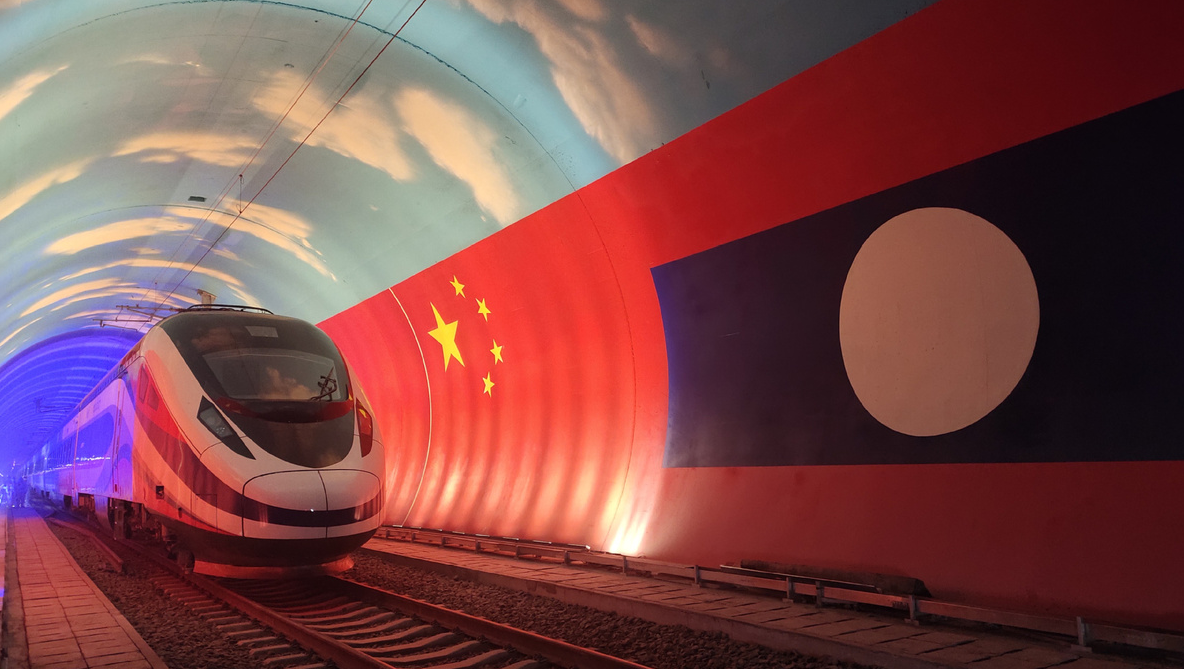
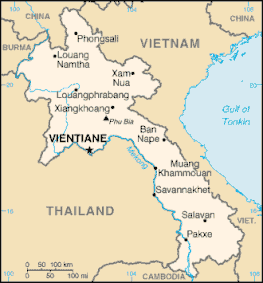
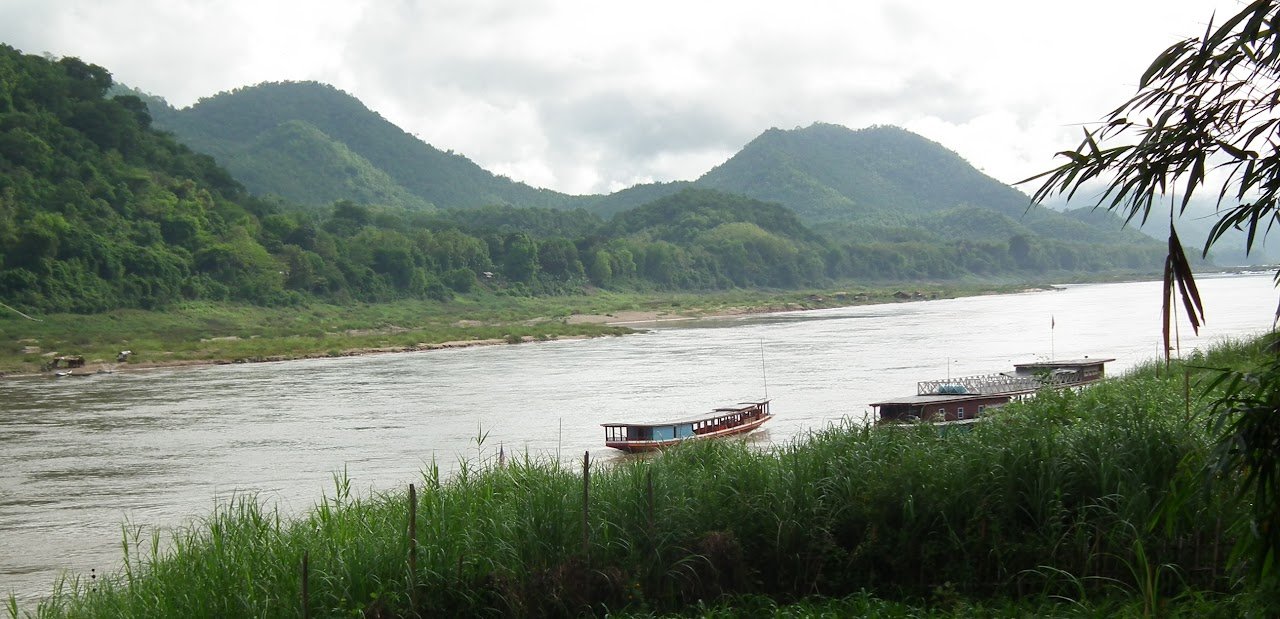
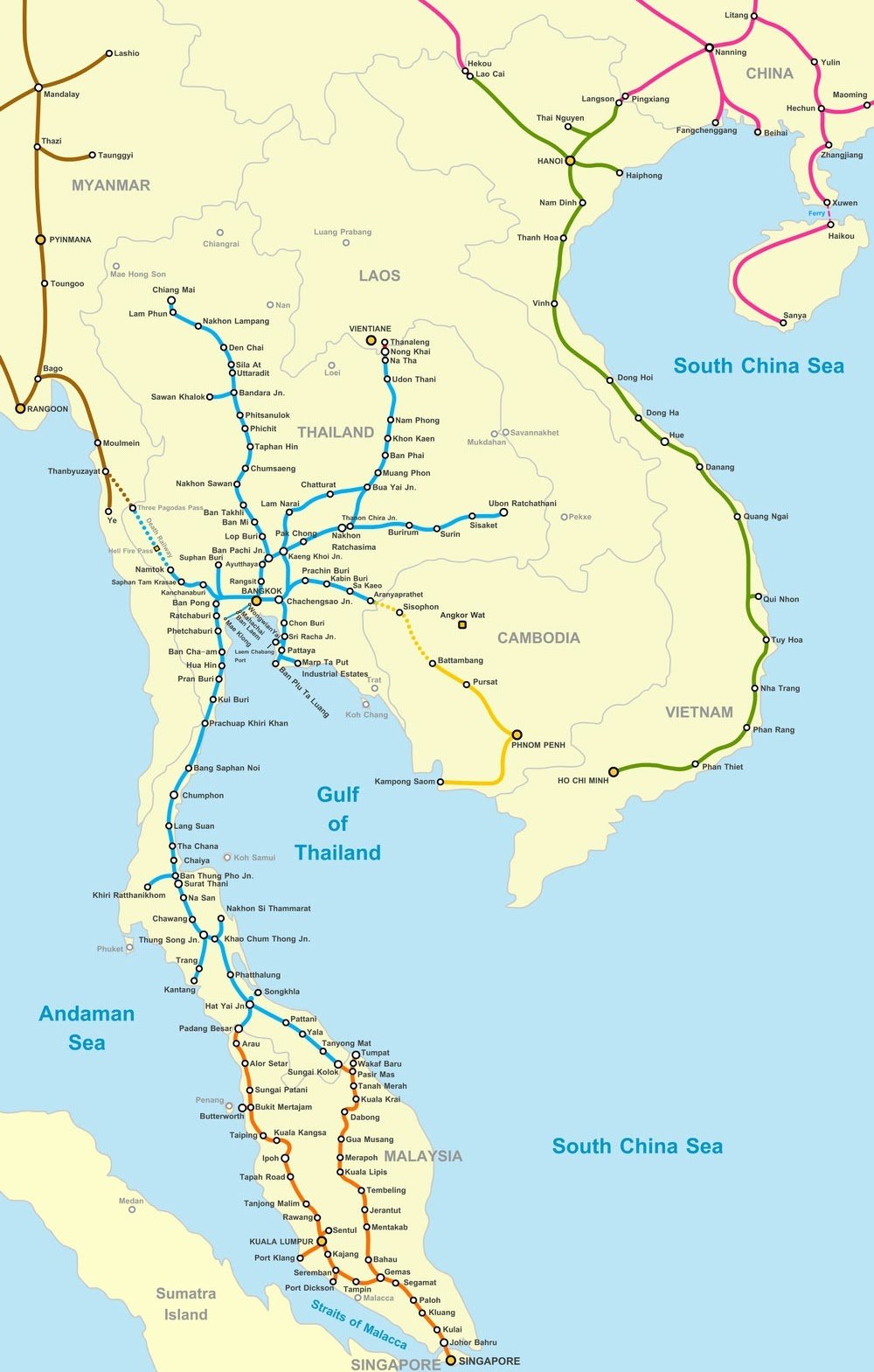
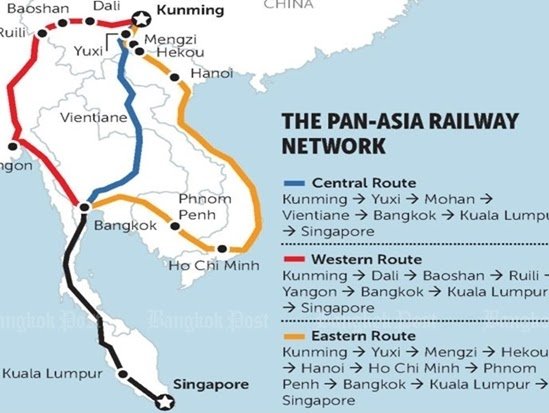
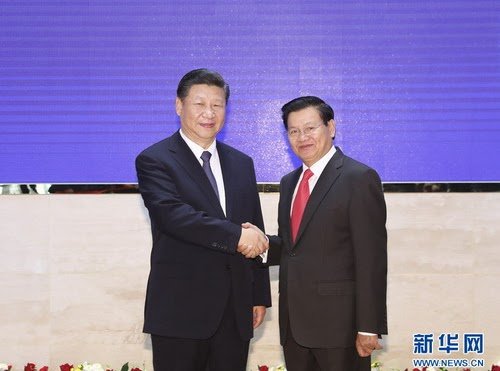
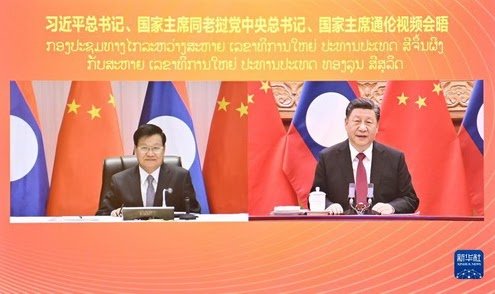
 RSS Feed
RSS Feed